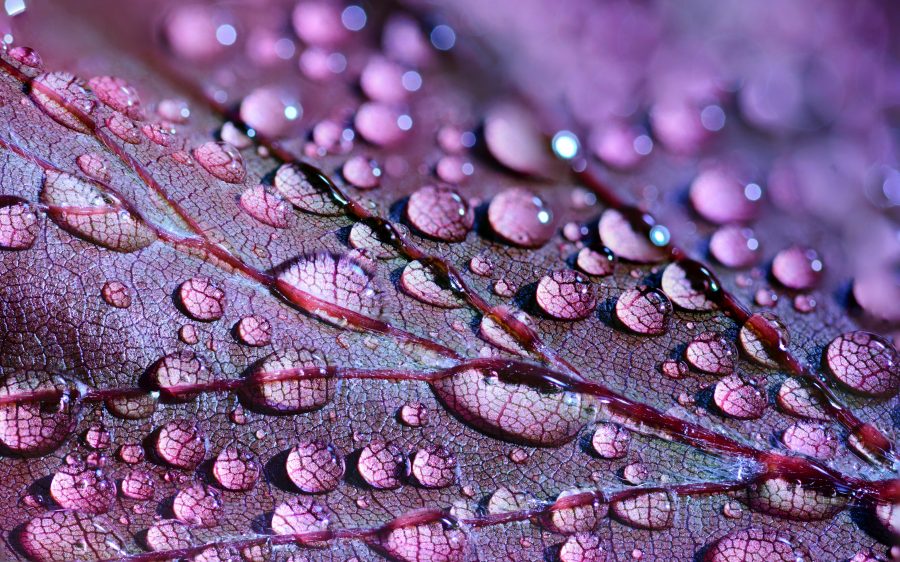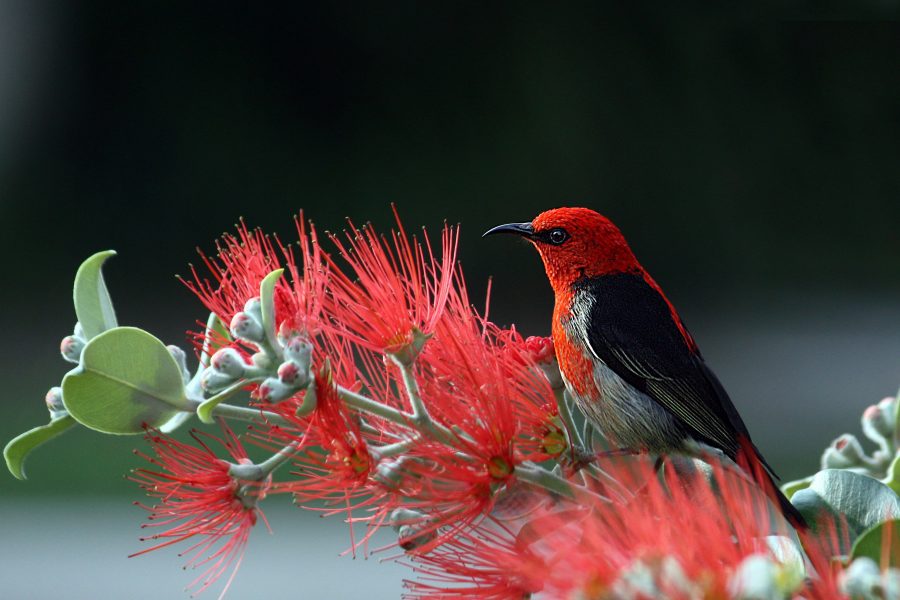Punarnava (Boerhavia diffusa is one of the wonders of Ayuverdic medicine. It is often associated with its rasayan (longevity promoting) properties. However, this herb is not just a staple of Indian medicine. Chances are you could find it in the Americas, Africa and some other countries of Asia. This plant displays shows a lot of promise as its properties are not yet fully researched. Root of this plant is the most commonly used part of the plant, however leaves, stems and seeds are also medicinal, but most likely not readily purchasable. Leaves of punarnava have been shown to possess potent antidiabetic effects, decreasing blood sugar and activity of hepatic gluconeogenic enzymes, potentially regenerating ß-cells of pancreas and providing overall support. They are also known to be fairly good antioxidants (increasing levels of SOD, GSH, CAT and GPx).





